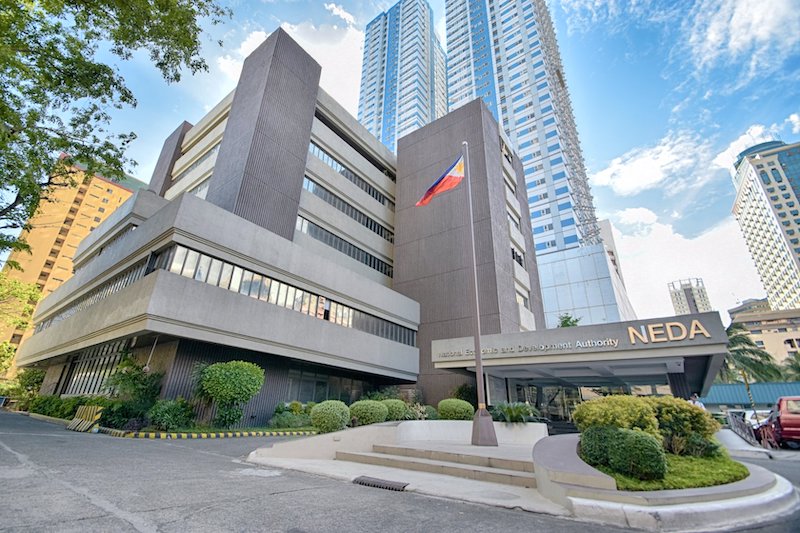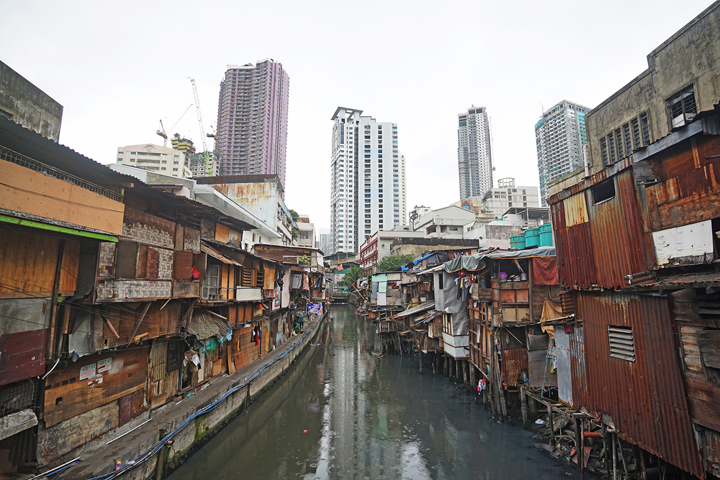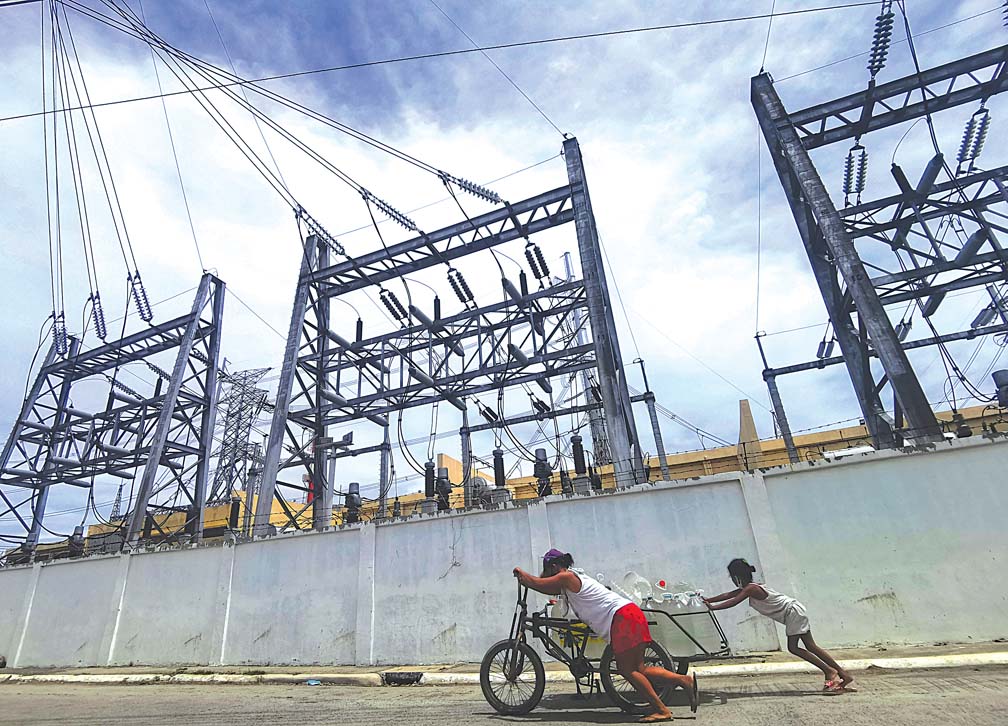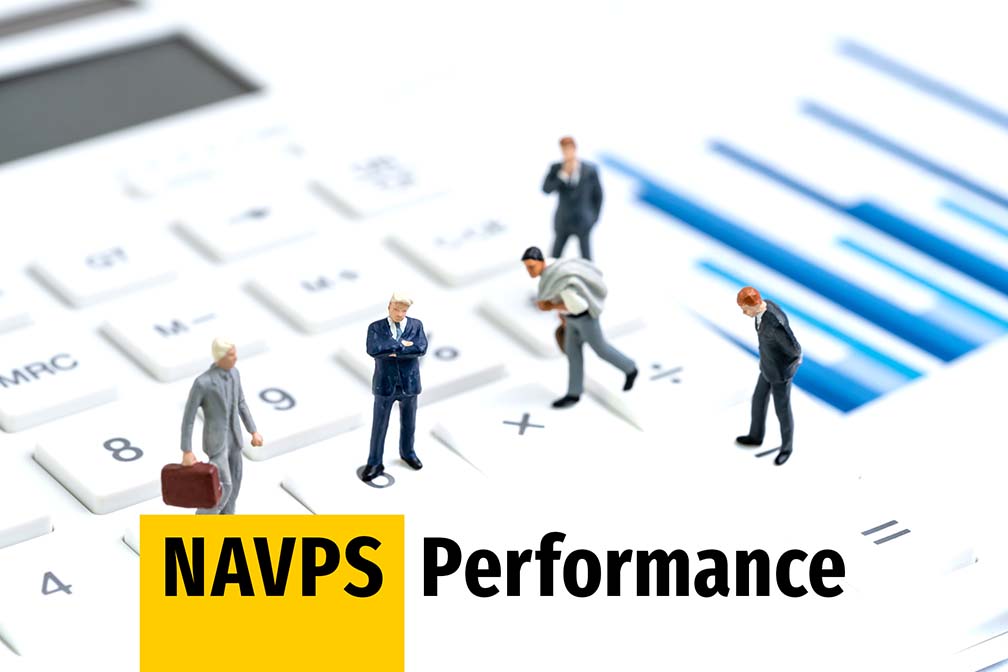COOPERATION of multistakeholders and consumer behavioral change are necessary to make the Extended Producer Responsibility (EPR) law, or Republic Act (RA) 11898, succeed in addressing the perennial plastic waste problem in the country and advancing a circular economy towards a more sustainable future.
In a recent media briefing, Department of Environment and Natural Resources (DENR) Secretary Maria Antonia Yulo-Loyzaga flagged the critical need to produce volumes of products and packaging sustainably based on market demand.

“The EPR is, I feel, a very concrete first step in putting order in this system,” she told reporters, referring to the policy that requires big companies and enterprises to be ecologically responsible throughout the life cycle of their products—from manufacturing to usage and post-consumer stage—by establishing EPR programs and mechanisms that guarantee effective ways to manage plastic packaging waste with focus on reduction, recovery, treatment, recycling and/or disposal.
Such legislative measure lapsed into law on July 23, 2022. Earlier this year, Loyzaga signed its implementing rules and regulations (IRR). She noted that RA 11898 “is a good start and a wiser approach to waste reduction” that enables producers to become environmentally responsible and balances the process of handling waste all throughout.
Promising law
NOW that the EPR law is in place, hopes are high that it will create positive impacts on the country’s economy and environment.

This law, per National Solid Waste Management Commission Vice Chairman Crispian Lao, opens the potential income generation of a minimum of P15.1 billion and 5,000 to 7,000 green jobs creation in the recovery and recycling infrastructure.
Above all, it will help lessen the ever-growing environmental problems the country has been facing since time immemorial. The DENR cited a study in 2021, which shows that the Philippines is the “single, largest contributor” to the ocean plastic waste problem worldwide at a whopping 356,371 tons.
The World Wide Fund for Nature Philippines also found that Filipinos consume an average of 20 kilograms of plastics annually, of which more than 75 percent becomes waste.

Atty. Jonas R. Leones, DENR Undersecretary for Policy, Planning and International Affairs, revealed that based on the data of the Environmental Management Bureau, only about 672 (13 percent) of the 4,000 obliged enterprises have registered under the EPR law. He said: “For now, our first step is to rally industries to help us also.”
“EPR is proven to address packaging collection through recycling meaningfully and through various EPR schemes that require companies to pay for the collection, sorting and recycling of their plastic packaging,” added the DENR chief.
Early adopter
EVEN prior to the enactment of the EPR law, “green” practices, including sustainable plastic waste management, have been already apparent in the private sector.

Lao pointed to, for instance, global food and beverage giant Nestlé, which has been practicing plastic neutrality here and abroad in the past recent years.
The company, in fact, has already diverted 64,000 metric tons of plastic packaging waste from landfills, oceans, lakes and rivers with such a banner program.
This could be attributed mainly to initiatives like taking out the secondary plastic of sachet products with the use of paper packs, and “lightweighting” or reducing their sizes to avoid unnecessary wastage in terms of packaging materials. Nestlé is also the first fast-moving consumer goods brand to replace plastic straws with a paper-made one for its ready-to-drink offering.
Nestlé Philippines has actively campaigned for the passage of the EPR Act via continued dialogue with policymakers and active engagement in the legislative process. A couple of years before it was passed into law, the company had already started its voluntary practice of the EPR through various initiatives toward plastic neutrality.

“Those are just some of the key initiatives that we’ve done. But, of course, we’ve committed as well that by 2025, we will cut our use of virgin plastics by one-third and design 100 percent of our packaging for recyclability. As of today, globally, Nestlé has already achieved 88 percent that our packaging is recyclable or reusable already. And so we’re on track so far,” said Nestlé Philippines Corporate Affairs Head Jose Uy III.
Collective acts
GIVEN the milestones so far achieved by the multinational, the goals of the EPR law are undoubtedly achievable also with the cooperation of industry players and stakeholders.
“Plastic waste is a global problem in which everybody has a stake. Through collaboration, we will find workable solutions,” Uy emphasized.
The targets set under RA 11898 include the recovery of waste of the plastic product footprint generated by 20 percent and 80 percent in 2023 and 2028, respectively.
On the other hand, the deadline for establishing the Compliance Auditing Manual and Accreditation System is in September of this year. Meanwhile, the EPR Compliance Audit Report is required for submission in July 2024.
“Also within one year, from the EPR law effectivity, we are required to already assess the volume or the footprint of the other generated waste,” DENR Undersecretary Atty. Annaliza Teh pointed out. “These are the immediate next steps that we have to do. That’s why we are also setting up, accordingly, our organizations so that we can comply with all these immediate next steps that we need to deliver under the law.”
She also cited the need to provide support to informal sectors, resources for the establishment of circularity infrastructure, pushing for capacity development, promotion of incentives, and imposition of fines and penalties to sustain the system.
“Crucial to those are transparency and accountability that we need to mobilize on the part of the government so that we can support really our long-term goal of achieving circularity,” Teh underscored.
For her, involvement from the local government units is also important. Proof of which was the activity called the “Project Transform” held in Bataan on May 9, 2023, wherein 17 companies registered under the EPR law.
“It’s really a whole-of-society approach. We need the government, the private sector, the academe, and the development partners to be there to really come up with these infrastructures to achieve the targets,” Teh said.
While the EPR law mainly requires compliance among the large-scale companies and producers, micro, small and medium enterprises (MSMEs) are also enjoined to do their share in plastic waste management and help accelerate circularity in the country.
The DENR undersecretary bared that there are exemptions or a flexible approach in engaging the MSMEs, which comprise over 99 percent of all registered businesses in the country today.
They will be supported by the government, through the Department of Trade and Industry, for their compliance, she noted.
For its part, the Philippine Alliance for Recycling and Materials Sustainability (PARMS) has actually opened its doors for EPR membership to MSMEs.
“Instead of just focusing on the big companies who are already prepared, what we have done is that we extend that hand like a ’big brother, small brother’ concept, so that we can help the smaller players to comply with EPR. For the big players who have already done their homework over the past few years, it is now a time for us to help others, including the MSMEs,” said Lao, who is also the founding president of PARMS. He was referring to 224 MSMEs on their roster who are willing to support and participate EPR on a voluntary basis.
“We already have a roadmap and a program to execute EPR and comply with the challenging mandates of the law.”
While adherence to RA 11898 has a price that may be a turn-off for small business players with limited financial means, they are reminded of an economic prize to be seized from transitioning towards more sustainable solutions.
“When we talk of sustainability, we look at it as an investment and not as a cost. We believe that companies taking action on ESG [environmental, social and governance] will be rewarded for their efforts by discerning consumers. They will face reduced regulatory and supply chain risks. So I think in that way we feel that it is already a good investment,” Uy asserted.
“There are many benefits like, for instance, it drives investor confidence also when they see that you’re doing good for the environment. There is also such a thing as employee attraction. So it affects a lot of myriad of stakeholders when you really take action on ESG.”
Not to be ignored in the whole plastic ecosystem, of course, are the consumers who must have behavioral change. Yulo-Loyzaga advised them to purchase goods that are sustainably packaged in order to inspire more producers to comply with the EPR law.
“How we treat plastics is a matter of chemistry. There needs to be an investment in research for recycling and upcycling. We cannot stay with today’s state of science and technology. There must be a way to actually produce a material with the durability that we need at the cost that is affordable and actually in the kind of environmental impact that we actually like to have for these,” Yulo-Loyzaga stressed.
Image credits: Peter Varga | Dreamstime.com, Vectormine | Dreamstime.com


































